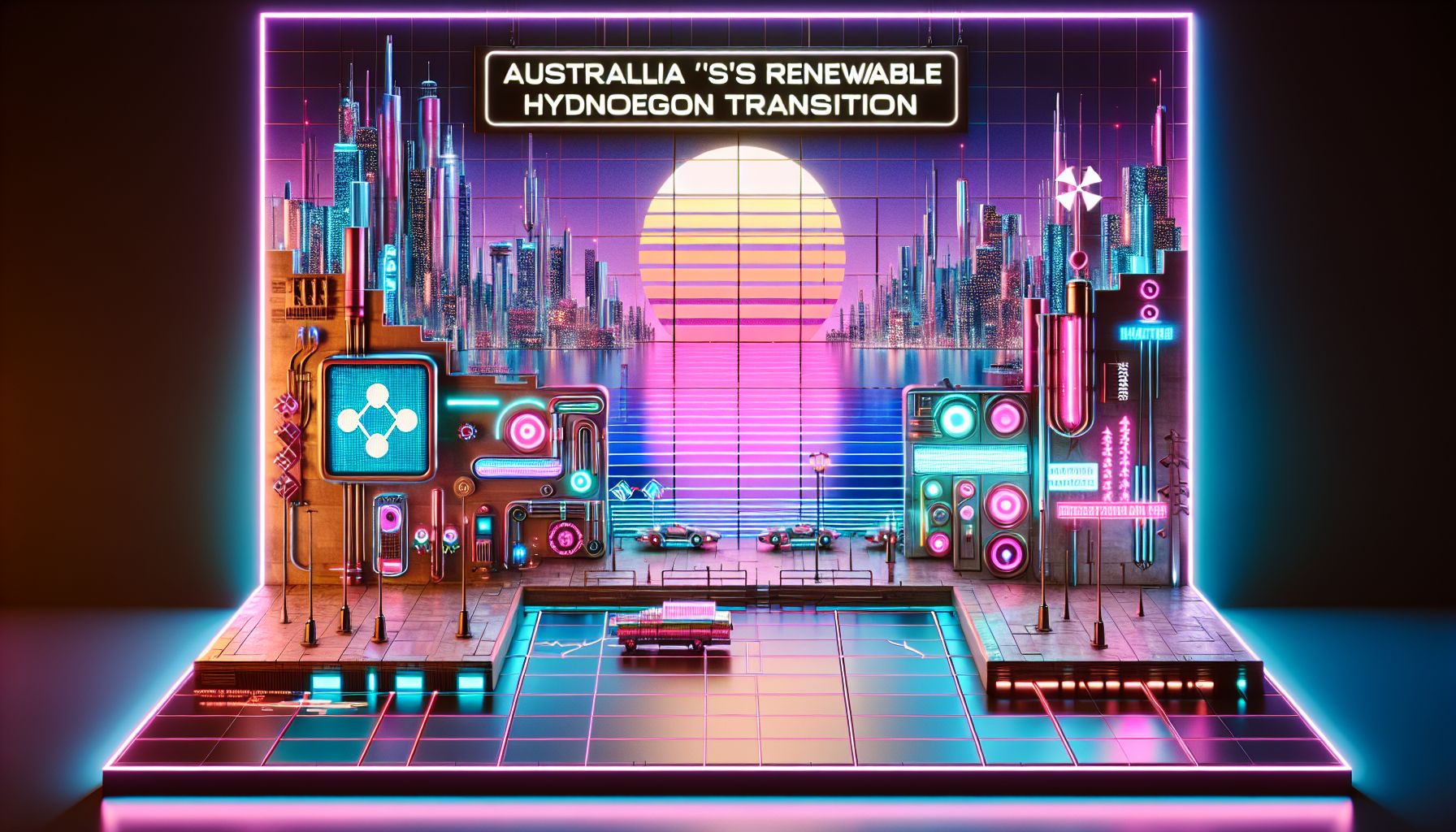Australia's Hydrogen Revolution: A Green Leap Forward

Brisbane, Tuesday, 9 September 2025.
Australia’s renewable hydrogen transition is spotlighted by a new study, sharing insights into key technologies and investments driving the sector. This shift promises to reshape energy markets and reduce emissions.
Technological Advancements
Australia’s renewable hydrogen sector is abuzz with technological innovation, and it’s not just about flashy gadgets. The study highlights key advances in hydrogen production, storage, and distribution that are reshaping the energy landscape. For instance, the Western Australia Green Hydrogen Plant, which is expected to start production by 2030, is set to become the country’s largest hydrogen facility [1]. These innovations are not only ambitious but also crucial for Australia to meet its goal of becoming a major hydrogen exporter by 2050 [1][2].
Economic Impact
Here’s where things get exciting—money talks! The hydrogen industry is projected to generate more than $50 billion in GDP by 2050, creating over 16,000 jobs in the process [1]. This economic boom is not just a pipedream but a strategic move towards a sustainable and prosperous future. The Australian government has already committed significant funding, like the $146 million allocated in 2022, to accelerate the development of this burgeoning industry [1][2].
Environmental Benefits
Hydrogen is not just a clean fuel; it’s a superhero in the battle against climate change. When used as a fuel, hydrogen produces no CO2 emissions, making it a key player in reducing Australia’s carbon footprint [1]. By 2050, hydrogen could help cut greenhouse gas emissions by a third of the country’s current levels, contributing significantly to global decarbonisation efforts [1]. It’s like giving the planet a breath of fresh air!
Future Directions
The future of hydrogen in Australia looks as bright as the outback sun. The country’s national hydrogen strategy focuses on scaling up production capabilities and integrating hydrogen into existing infrastructure [1]. This strategic vision aims to position Australia as a global leader in the renewable hydrogen market by 2030. The journey won’t be without challenges, but with continued investment and innovation, the possibilities are as vast as the Australian landscape [1][2].